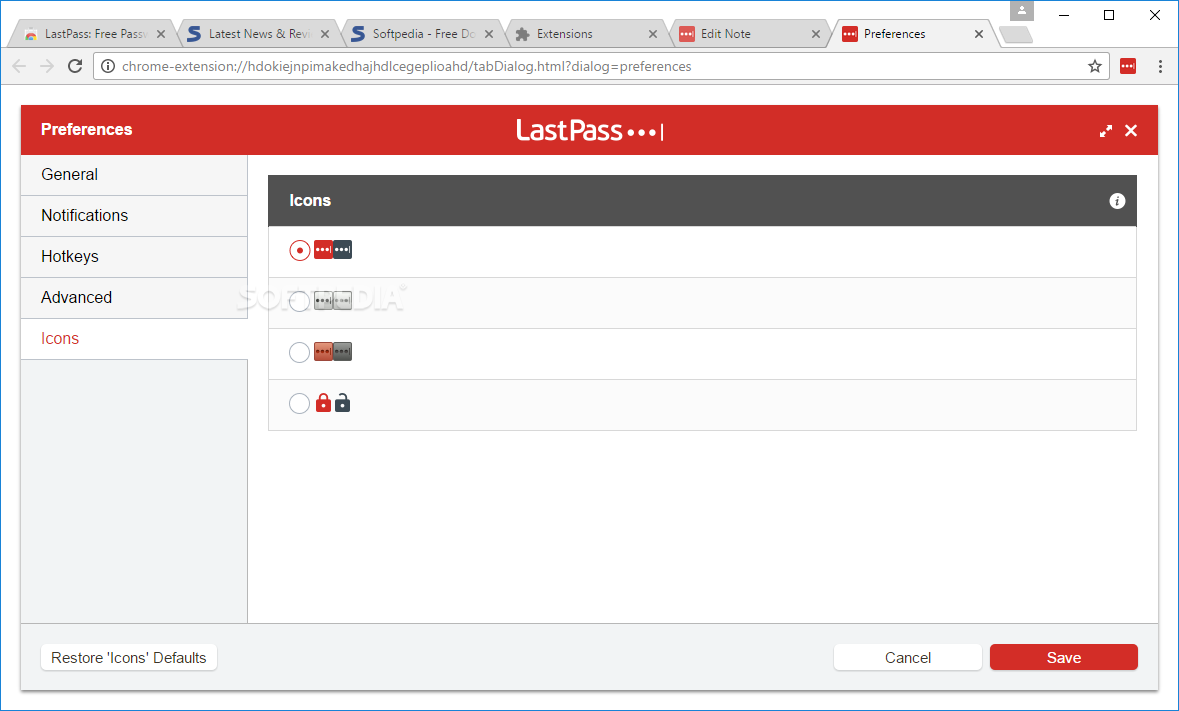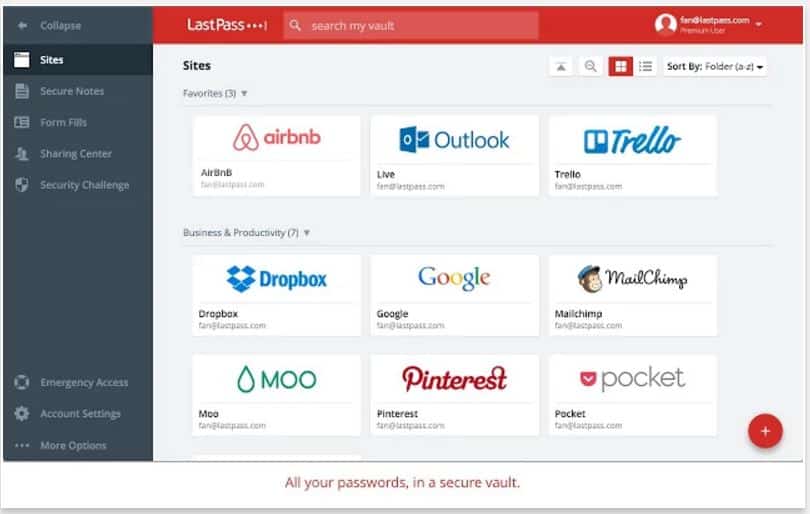
- #Lastpass import from chrome how to#
- #Lastpass import from chrome android#
- #Lastpass import from chrome password#
Other names may be trademarks of their respective owners.
#Lastpass import from chrome android#
The Android robot is reproduced or modified from work created and shared by Google and used according to terms described in the Creative Commons 3.0 Attribution License. Microsoft and the Window logo are trademarks of Microsoft Corporation in the U.S.

Alexa and all related logos are trademarks of, Inc. App Store is a service mark of Apple Inc. Mac, iPhone, iPad, Apple and the Apple logo are trademarks of Apple Inc., registered in the U.S. Android, Google Chrome, Google Play and the Google Play logo are trademarks of Google, LLC. Firefox is a trademark of Mozilla Foundation. or its affiliates in the United States and other countries. NortonLifeLock, the NortonLifeLock Logo, the Checkmark Logo, Norton, LifeLock, and the LockMan Logo are trademarks or registered trademarks of NortonLifeLock Inc. LifeLock identity theft protection is not available in all countries.Ĭopyright © 2023 NortonLifeLock Inc. The passwords will then be imported directly into the spaces and categories that you specifed in your CSV file.The Norton and LifeLock Brands are part of NortonLifeLock Inc. 🚨 Check that the CSV file obtained respects the nomenclature specified for the default format.

This is what your file should look like in Excel:
#Lastpass import from chrome password#
Tags : keyword thtat will help you to find the password (optional, can be left blank) To import passwords into 1Password via CSV file: Go to and log in.Category/SubCategory : category and subcategory in which you want to store the password.Password : your password for this login.Username : your username or email address for this login.Name : name corrsponding to the password.Name URL Username Password Category/SubCategory Tags Description Opt1 Opt2 Opt3 Totp Step 1 : Create a CSV file, using the following nomenclature.This option will allow you to specify the spaces and categories where you want to import your passwords. If you were using another tool than these mentionned above, or a personal Excel file for example, you can choose the Default format in the drop-down menu, and create your own CSV file. Import passwords from a personal CSV file 🚨 Remember to delete your passwords from the tools you were previously using once they have been successfully imported into LockPass. You will then be able to move them to the appropriate spaces and categories (of the Personal Space or the Shared Space). Once your passwords are imported, they will all be stored in the root of your Personal Space. 🚨 Make sure that the CSV file obtained respects the nomenclature specified for each format. Step 3 : Click on « Import a file », select your CSV file on your computer, then click on « Validate ».Bitwarden (Organization) - for Bitwarden shared passwords.

#Lastpass import from chrome how to#
See the corresponding articles to know how to export passwords from these password managers or browsers :

🚨 If you were using password managers or web browser password saving modules, you can directly use the CSV file obtained when you export your passwords from their interface (the passwords will be by default all imported in your Personal Space). Step 2 : On the window that appears, choose the right import format from the drop-down menu.Step 1 : In the Settings tab, click on « Passwords »._ Import passwords from your browsers or password managers Read on to find out how to import passwords into LockPass via the import module.


 0 kommentar(er)
0 kommentar(er)
